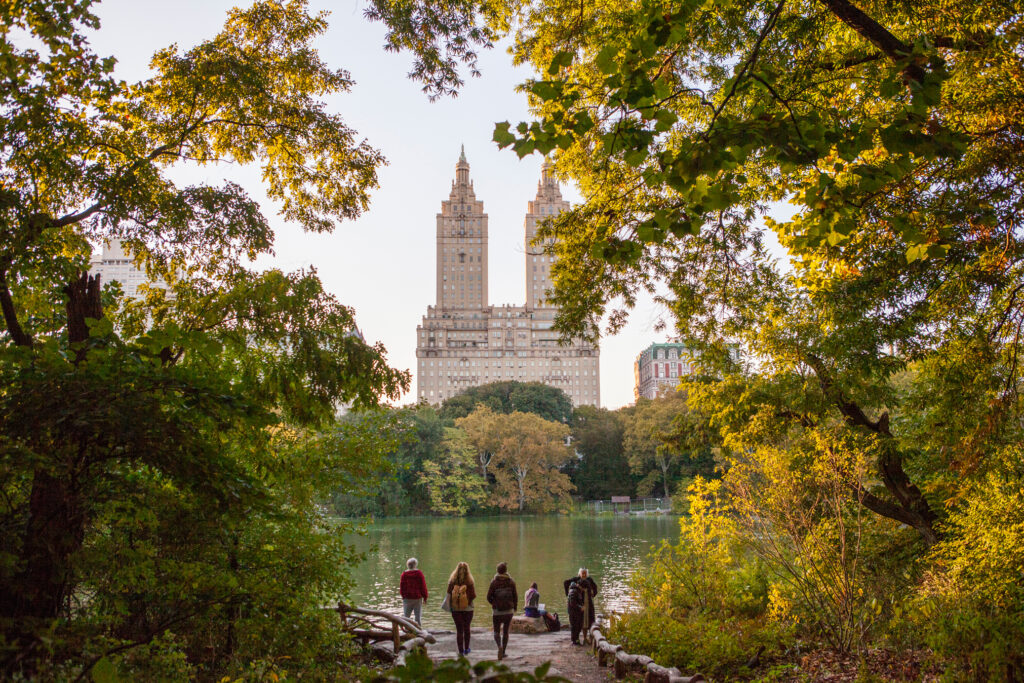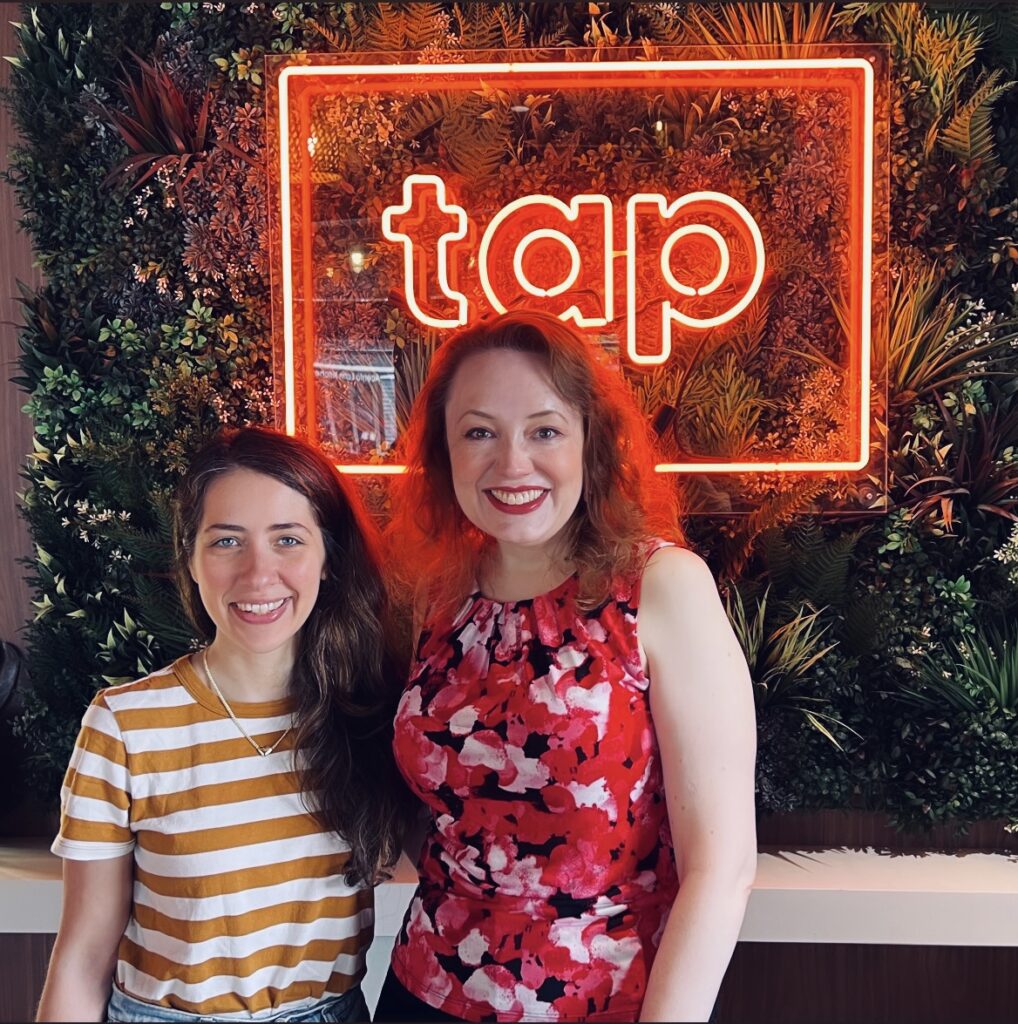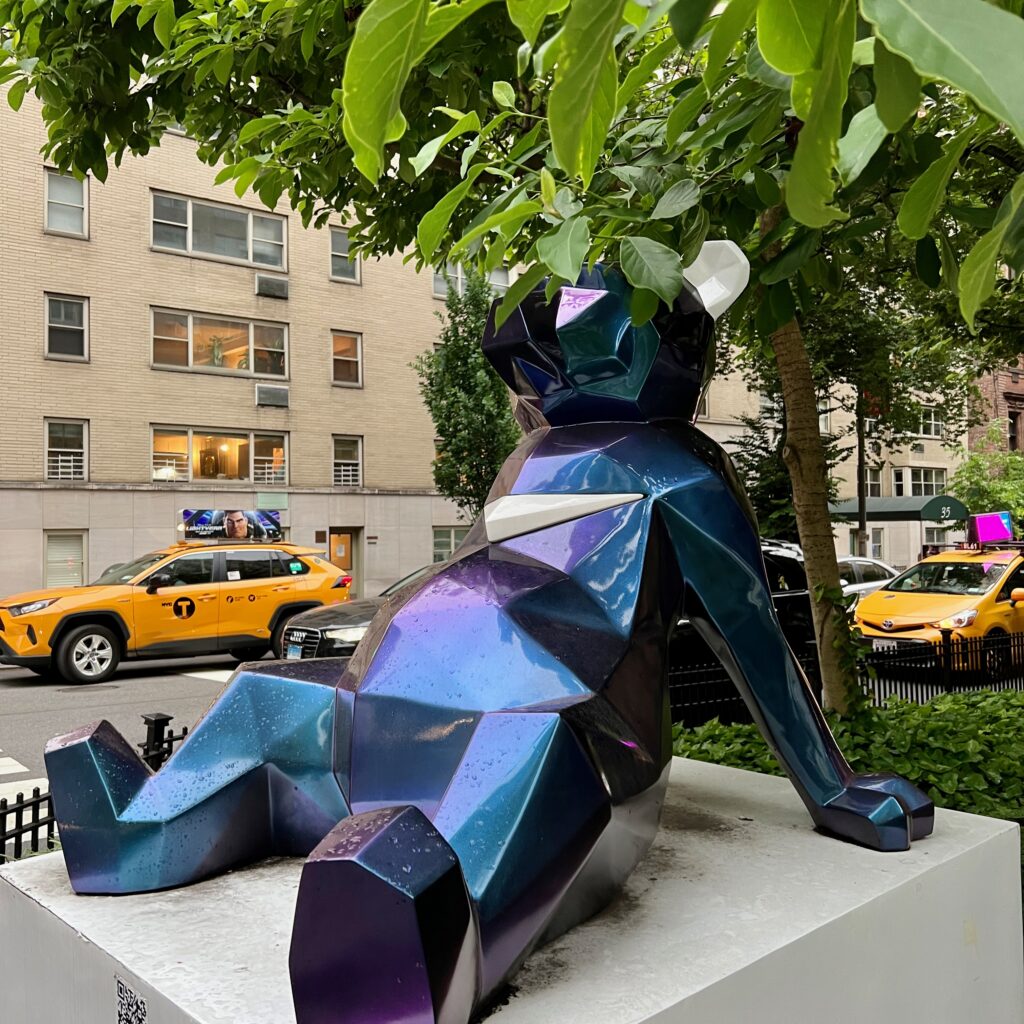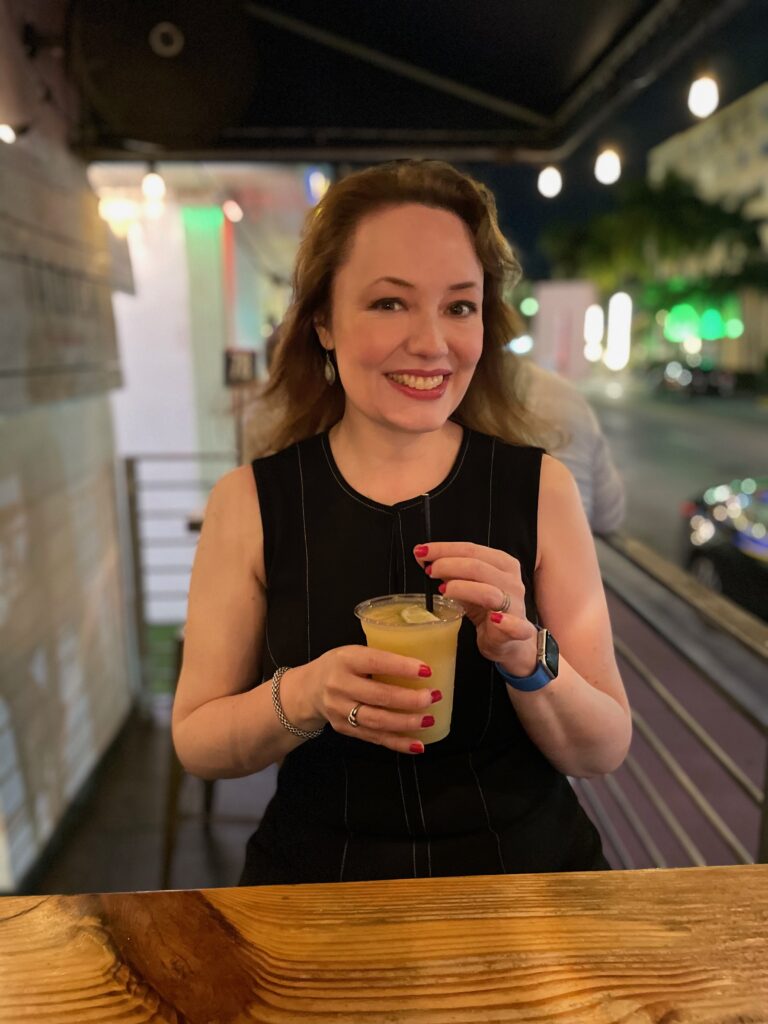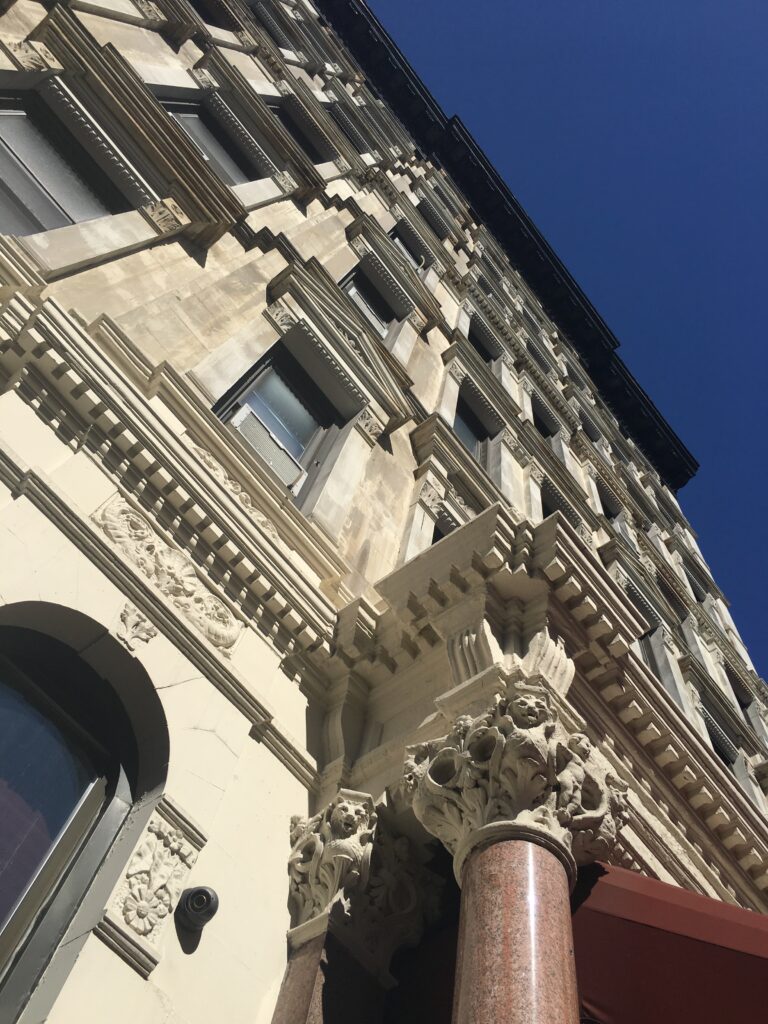
There’s always a new trend coming down the line. Some of them are terrific (ooh, leopard print is back!) and others wear out their welcome pretty fast (bye, barrel-leg jeans). But trends aren’t limited to fashion. Restaurants are just as likely to follow them, and there’s one I’ve seen on the rise this year: eateries with “gluten friendly” menus.
Not only is the name kind of dumb (technically, something “gluten friendly” would be pro-gluten, the way a “kid friendly” meal is one intended for kids), but it’s also devoid of legal meaning. That’s the big difference between gluten free and gluten friendly. In the US, Canada, and much of Europe, “gluten free” has a distinct legal meaning: it guarantees a level of gluten content that is below 20 ppm (parts per million). That’s the level of gluten contamination that health regulatory bodies in many countries have established as a safe threshold for people with celiac disease.
Since gluten friendly has no legal definition, it means whatever a restaurant wants it to mean. Are there traces of gluten? Cross-contamination issues? Maybe! Only the restaurant in questions knows, and they’re not making any guarantees. There’s a restaurant in my neighborhood that offers gluten-friendly items on the menu, but also has fine print that reads “These items are not suitable for celiacs.” At least they’re being honest.

